白血病是一种由于造血干细胞异常增殖引起的血液系统恶性肿瘤。它分为急性和慢性两种类型,其中急性淋巴细胞白血病(ALL)较为常见。ALL的治疗中,培门冬酰胺酶被广泛应用,用于降低血液中的门冬氨酸浓度,从而抑制白血病细胞的分裂和增殖。正常情况下,白血病细胞无法合成门冬氨酸,而培门冬酰胺酶可以使残留的门冬氨酸水平降到细胞生存的最低限度,从而抑制癌细胞生长。此外,培门冬酰胺酶还可以通过诱导细胞凋亡来杀死白血病细胞,增加治疗效果。
然而,培门冬酰胺酶的治疗并非对所有白血病患者都有效。一些研究表明,部分患者对培门冬酰胺酶具有耐药性或过敏反应。耐药性是指白血病细胞逐渐对培门冬酰胺酶产生抗药性,导致治疗效果降低。同时,培门冬酰胺酶治疗可能会引起过敏反应,如食欲减退,恶心和呕吐等。因此,在使用培门冬酰胺酶治疗时,医生需要根据患者的个体差异和病情来决定是否使用该药物。
除了培门冬酰胺酶,在白血病和淋巴瘤的治疗中还有其他有效的药物,如化疗药物、放射疗法和靶向治疗等。因此,治疗方案需要综合考虑患者的情况,以取得最佳效果。
总的来说,培门冬酰胺酶在治疗白血病和淋巴瘤方面具有一定的疗效。它通过抑制白血病细胞的增殖和诱导细胞凋亡来达到治疗效果。然而,是否有效取决于患者的特定情况,因为耐药性和过敏反应可能会影响治疗效果。因此,临床医生需要根据患者的个体差异和病情来评估治疗方案,并综合考虑其他治疗手段,以获得最佳治疗效果。
【参考译文】
Asparaginase, an important antineoplastic drug, has shown significant efficacy in the treatment of leukemia and lymphoma. However, its effectiveness in treating these diseases may vary depending on individual patient circumstances.
Leukemia is a malignant neoplasm of the blood system characterized by abnormal proliferation of hematopoietic stem cells. It is classified into acute and chronic types, with acute lymphoblastic leukemia (ALL) being the most common. Asparaginase is widely used in the treatment of ALL to lower the asparagine levels in the blood, thereby inhibiting the division and proliferation of leukemia cells. In normal conditions, leukemia cells are unable to synthesize asparagine, while asparaginase can reduce the residual asparagine levels to the minimum required for cell survival, suppressing cancer cell growth. Additionally, asparaginase can induce apoptosis in leukemia cells, further enhancing treatment efficacy.
However, treatment with asparaginase is not universally effective for all leukemia patients. Research has suggested that some patients develop resistance to asparaginase, rendering the treatment less effective. In addition, asparaginase therapy has been associated with allergic reactions such as decreased appetite, nausea, and vomiting. Therefore, the decision to use asparaginase in treatment depends on individual patient differences and the specific circumstances of the disease.
In addition to asparaginase, there are other effective drugs for the treatment of leukemia and lymphoma, including chemotherapy, radiation therapy, and targeted therapy. Therefore, treatment plans should consider the patient's individual circumstances to achieve optimal outcomes.
In conclusion, asparaginase has demonstrated certain efficacy in the treatment of leukemia and lymphoma. It achieves its therapeutic effects by inhibiting the proliferation of leukemia cells and inducing apoptosis. However, its effectiveness depends on individual patient circumstances as resistance and allergic reactions may impact treatment outcomes. Consequently, clinicians need to evaluate treatment plans based on individual patient differences and disease conditions, while considering other available treatment modalities to achieve optimal therapeutic outcomes.

 全部分类
全部分类

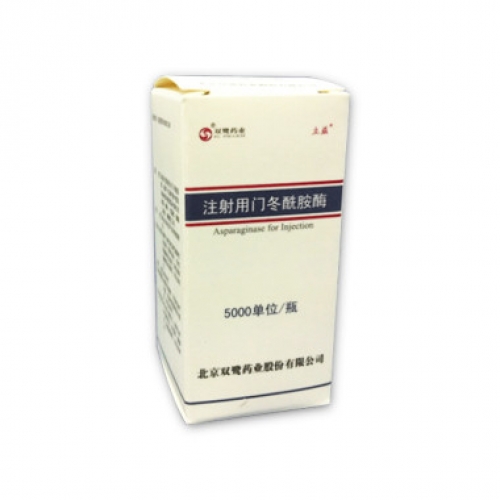
 美国爵士Jazz
美国爵士Jazz

 印度Zydus
印度Zydus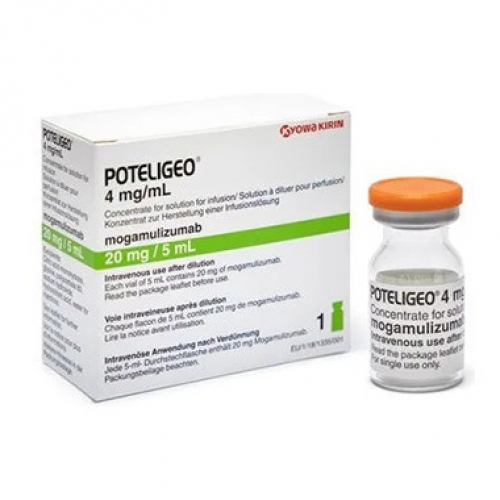
 美国Kyowa Hakko Kirin
美国Kyowa Hakko Kirin
 土耳其Kocak Farma
土耳其Kocak Farma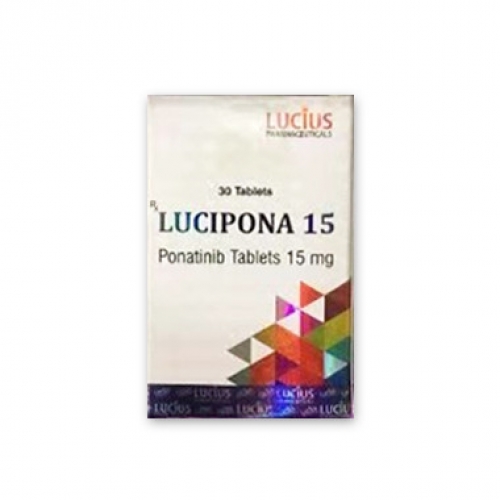
 印度卢修斯
印度卢修斯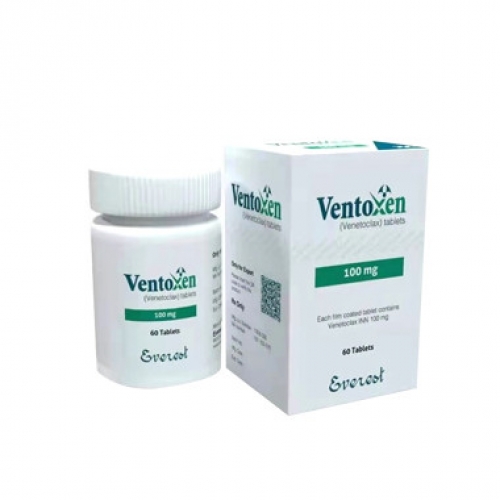
 孟加拉珠峰制药
孟加拉珠峰制药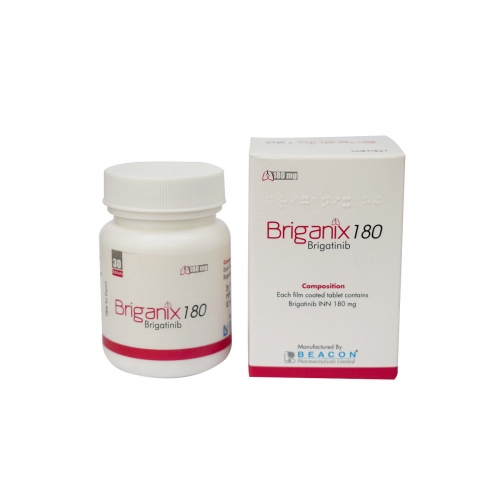
 孟加拉碧康制药
孟加拉碧康制药


 粤ICP备2021070247号
粤ICP备2021070247号
